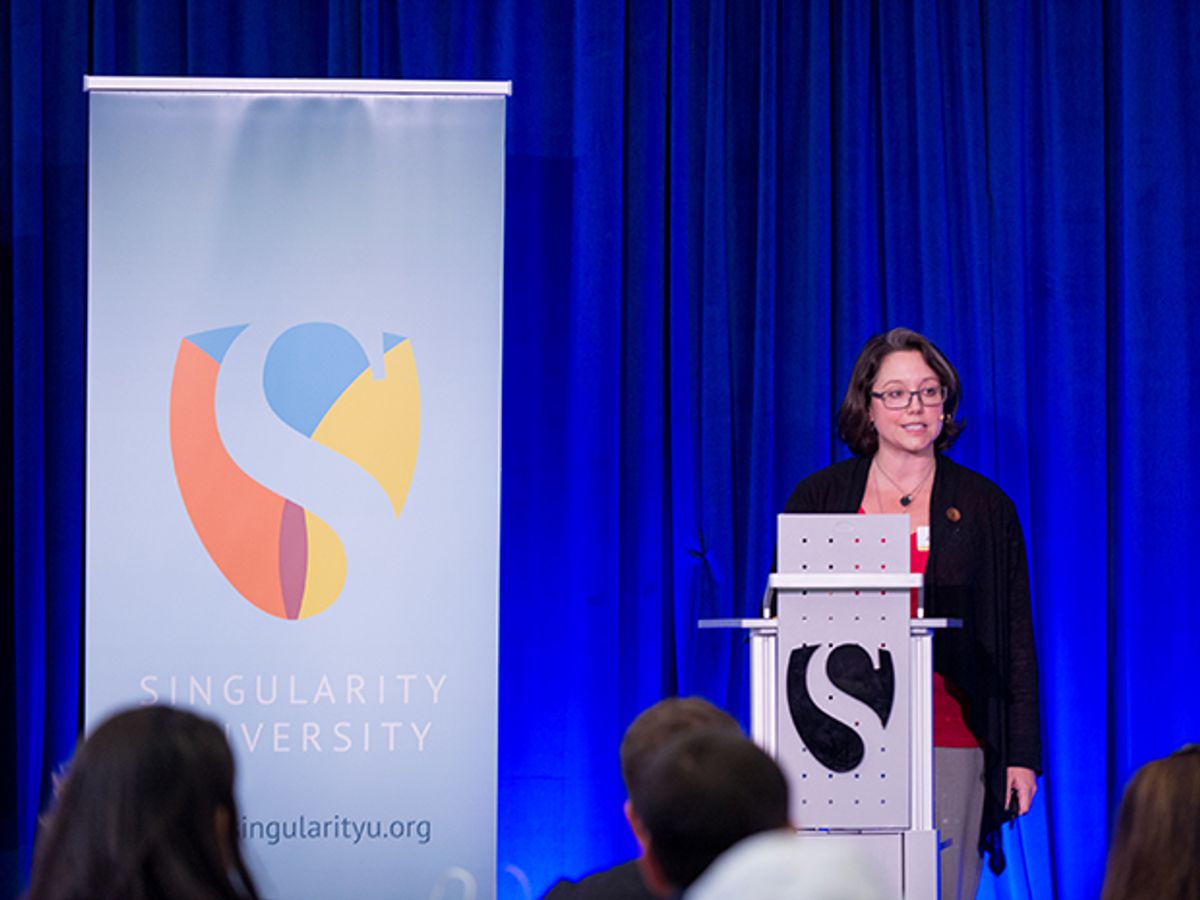What if it never rains in California again—or at least not very much? Then what do we do?
Earlier this year, Singularity University (a Silicon Valley–based center of learning whose aim is to apply technology to address humanity's grand challenges), along with California Lieutenant Governor Gavin Newsom, challenged innovators from around the world to present technological answers to this question. They got 100 responses from teams in 10 countries. Six finalists gave their pitches in front of a panel of judges last week; they were competing for three places in Singularity University’s Entrepreneurs in Residence Program. Four of those finalists presented systems designed to pull water from the air; one introduced a consumer-sized gadget for purifying wastewater; and another showed off a plan for low-cost, solar-powered desalination.
The first-place winner was SunToWater, a spin-off of Flextronics that has designed a system it calls a Water Generator. The device, the company says, condenses humidity in outdoor air using either waste heat or power from standard solar panels. “We think we can sell 40-to-80-gallon-per-day systems for $9000,” said cofounder Jeannie Johnson.
The three other water-from-air innovations didn’t place in the competition. I’m guessing that it’s because they did essentially the same thing as SunToWater, but at higher prices. Permalution said its mesh panels can pull 150 to 400 liters of water a day from fog. A team from Ingersoll Rand said it’s getting ready to roll out a system for collecting water pulled from the air by the HVAC equipment in commercial buildings. That water is currently dispersed onto rooftops or otherwise discarded. AWE presented a design for a wind turbine that compresses air to extract water and simultaneously generates electricity. The first units, intended to produce as much as 120 million gallons of water annually, will be built next year at a cost of $1 million each.
Coming in second place was Sanzfield Technologies, a company focused on wastewater treatment systems designed for single-family homes. DeSolenator, a company that builds single-family-size desalination systems around photovoltaic panels, came in third.
Newsom, speaking at the event, indicated that it was refreshing to be in a place where people focused on how to solve problems, not who to blame for them. He criticized the California legislature for looking towards old-school solutions to water problems. “Folks believe that if we build more dams we are going to solve the drought,” he said. “But it seems to me we need something to fill up the reservoirs behind the dams in the first place.”
“I don’t know what the solution is,” he said, “but you [the innovators presenting], give me optimism that there isn’t a problem relating to water that hasn’t been solved by somebody somewhere.”
Tekla S. Perry is a senior editor at IEEE Spectrum. Based in Palo Alto, Calif., she's been covering the people, companies, and technology that make Silicon Valley a special place for more than 40 years. An IEEE member, she holds a bachelor's degree in journalism from Michigan State University.



